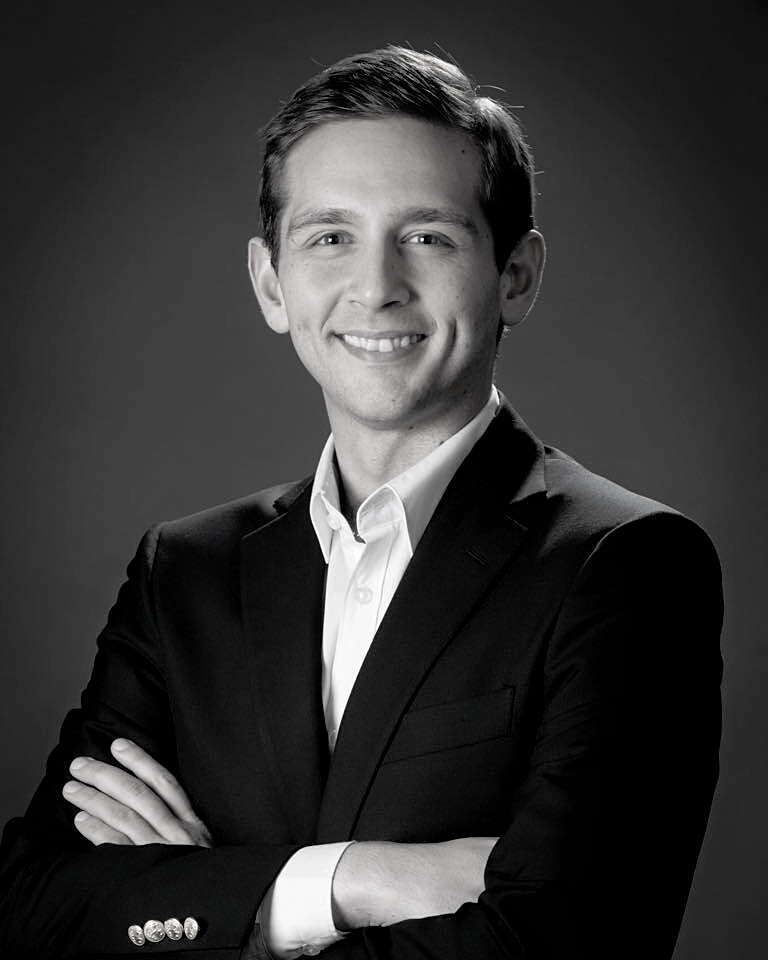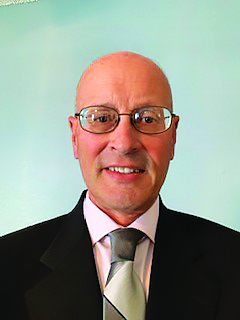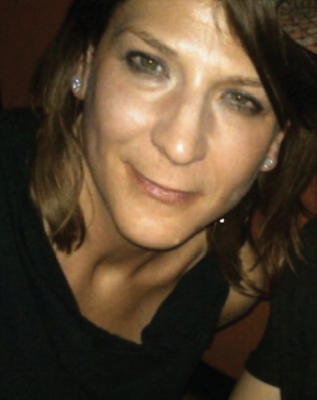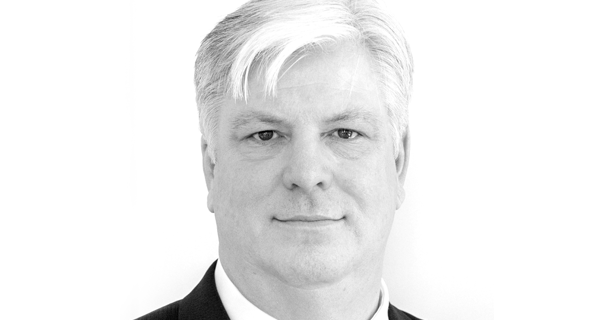Notable Words: Failure Is Not an Option? Really?
By Scott Sardina, PE, CFPS, CFPAI, CFPECS, President, Waterclock Engineering
If things are not failing, you are not innovating enough. —Elon Musk
At some point in our career, we have all heard: “It has to work right the first time.” In the age of finite element analysis, computational fluid dynamics, and multi-physics simulations, some have forgotten that not every solution in engineering is closed form. We do not have everything figured out. It may not always work right the first time, and that is okay.
When I was in graduate school for engineering, my favorite courses were the experimental ones. That was where I learned that the professors do not always have the answer. There were certain mathematical derivations or experiments currently in progress, but it was not proven . . . yet. This is where innovation and exciting engineering happens.
It is normal in the fluid power industry to request a custom system and expect it to work flawlessly the first time. Often, these systems incorporate components that have already been proven to help reduce the number of unknowns. Still, there are many new system and component requirements that no one has done before. You must figure it out. Many will shy away from this type of engineering while others thrive on it. An engineer could sit all day running analysis and simulations but still not catch everything before the building phase or installation. Is this failure or innovation?
“Garbage in, garbage out” is a popular saying in the world of analysis and simulation. As engineers become more reliant on software and programs to do their calculations, it is something to always be thinking about: double and triple checking each calculation; running a simple analysis you can check by hand before making it more complex. Without keeping this discipline, you could easily create a problem that didn’t previously exist or end up solving the wrong problem. A common trap is to optimize a solution for the wrong thing.
After all the calculations and analysis, the solution to the right problem could still be wrong and cause failure in real life. Many engineers at this point could decide to put a large safety factor on it and call it a day. That is certainly one way to do it, but you will not learn much from that. This does not tell you the limit of the design. There are certain factors that are not realistic to simulate. Real-world testing is the next validation step in the design process. Some failure and design iterations will be caught during initial testing. Other design changes may need to happen after years of being in the field.
What is my point? It’s that advancement in the design was driven by failure, not by being “perfect” the first time. That is how we grow as engineers and designers.
My purpose here is not ill will or to wish failure on anyone. Quite the opposite. For us to keep innovating and pushing the envelope, we must experience failure. The key is to learn from it and overcome it. That can be extremely difficult as an engineer; our job is often to give the correct answer, not an iterative response.
I started Waterclock Engineering six years ago with the idea of innovating and working on complex systems. We develop systems and components that cannot easily be calculated because of the function, materials being used, or application. We have experienced failures, but we’ve learned from them, and eventually overcame them, allowing us to develop exciting things for our customers.
I encourage you to jump off the cliff and allow failure. It will help you open up to learn and develop new things. Whether you want to create the next life-changing product or learn more about a current design, push the limits, and get comfortable with the unknown. •








